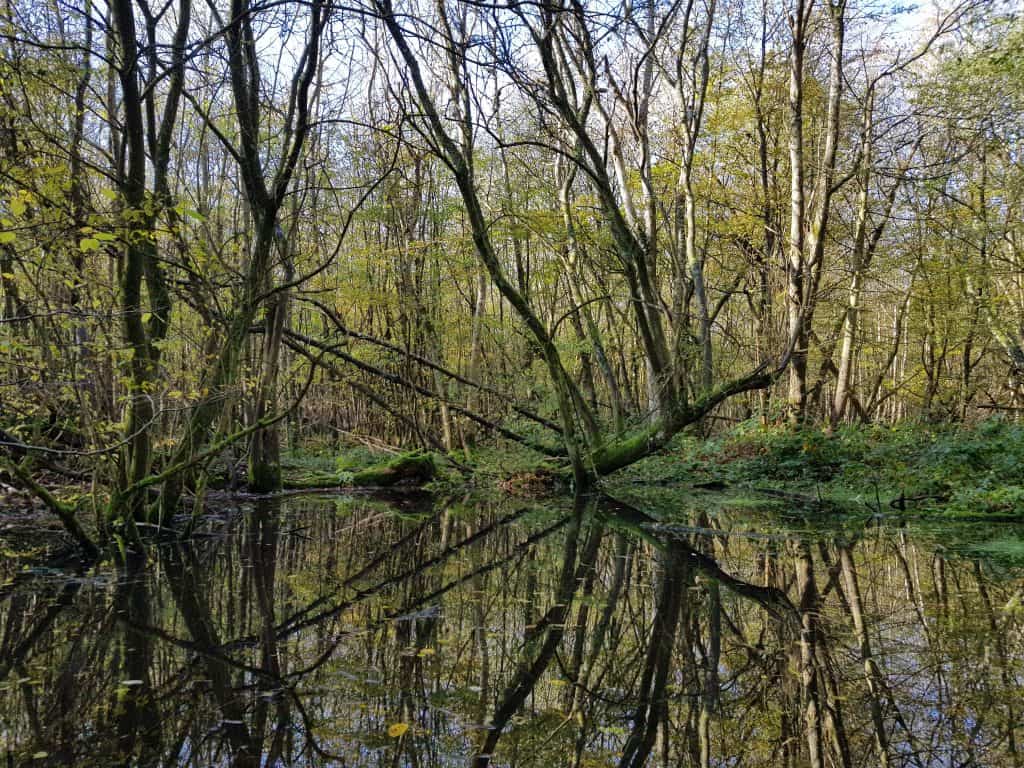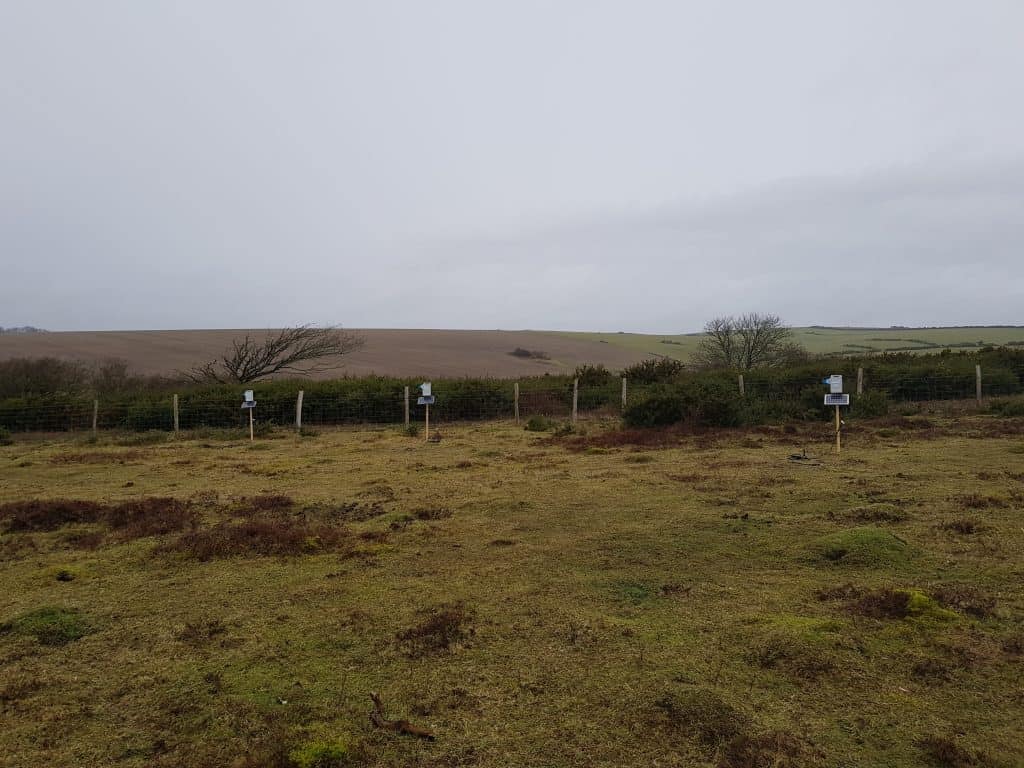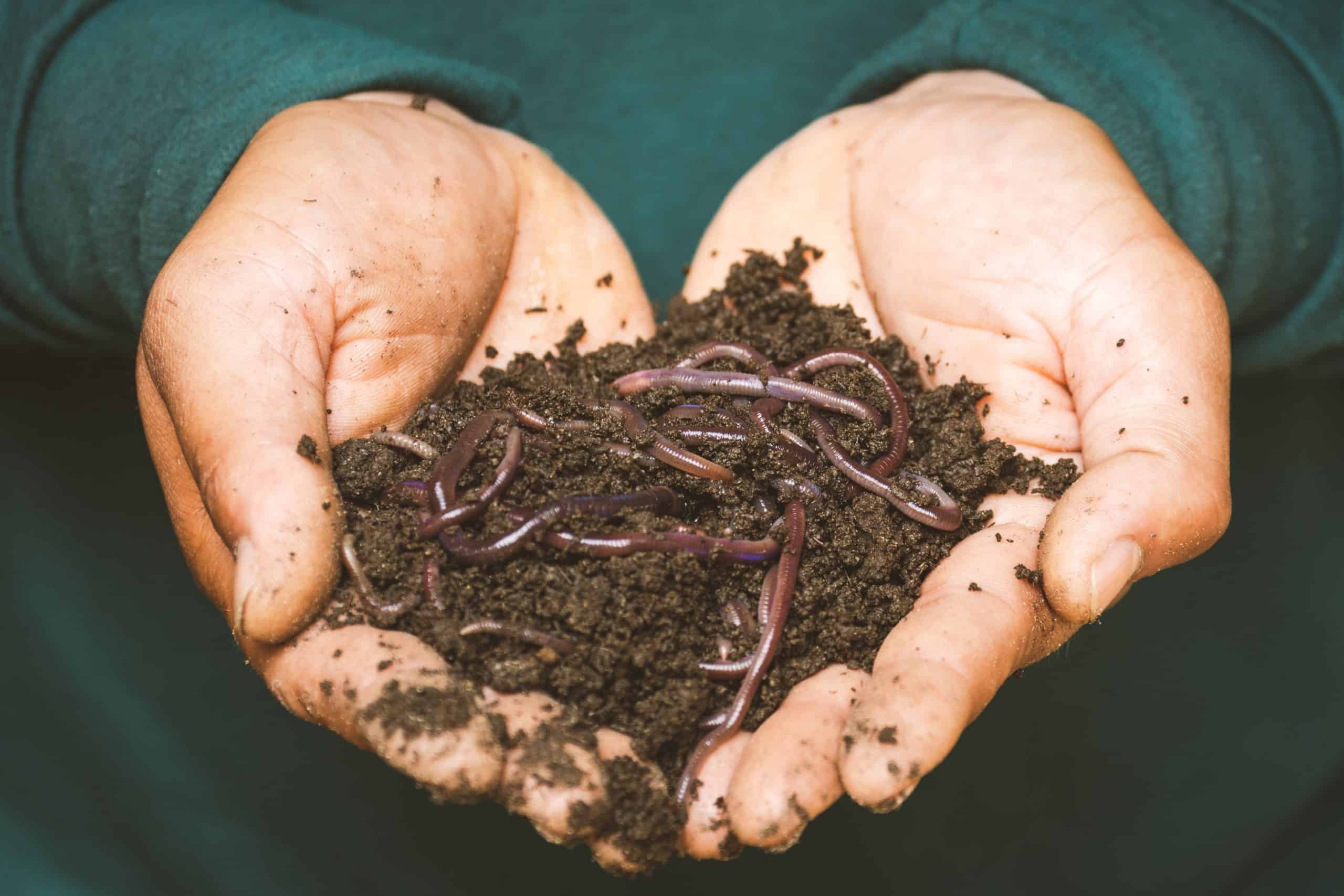By 2050, the South East of England will need to find at least an additional one billion litres of water per day to meet demand in the region. That is about a fifth of the water used in the region today, and equivalent to the water use of seven million people per day. Demand for water will exceed supply by 2030.
This is because of a combination of different factors. Some of it is because of the expected growth in population (even if personal water consumption is reduced). Some because water companies are trying to ensure that they have enough water available to continue supply even during more significant drought periods.
Finally, climate change will affect when water is available, and how much. Unsustainable abstractions need to be reduced in order to avoid our rivers and wetlands being damaged beyond repair.



